Student debt relief: Where borrowers stand as Supreme Court weighs Biden’s plan

When President Joe Biden announced his federal student loan forgiveness plan last year, nearly 26 million Americans jumped on the chance for debt relief.
But in the almost five months since the program was announced, federal student loan holders have been left in the dark about if and when their debt could be canceled after several challenges came forward, largely from Republican-led states.
At least six lawsuits have been filed so far against Biden’s plan, and an injunction was issued to temporarily halt debt relief as the program works its way through the courts.
Now, the case is headed to the U.S. Supreme Court where the justices are scheduled to hear arguments in February before ultimately deciding the program’s fate.
“We don’t know what’s going to happen,” said Jamie Kosh, president of the Pennsylvania Association of Student Financial Aid Administrators. “We have no feeling on how the Supreme Court could rule on this. We’re talking billions of dollars and millions of borrowers that could benefit from this.”
As student debt holders seemingly sit in limbo, here’s a look back on what’s been happening with the relief program and what the future could hold.
The proposal
The Biden administration in August announced plans for a one-time federal student loan debt relief program, which would impact millions of Americans and largely fulfill a campaign promise.
The program was based on the Higher Education Relief Opportunities for Students Act of 2003, also known as the HEROES Act, which allows the education secretary to waive regulations related to student loans during times of war or national emergency.
The act has been used by both the Trump and Biden administrations to pause federal student loan payments and interest during the pandemic, and it was used to issue multiple extensions on the pause beyond its original six-month period.
Under the program, individuals who are single and earn under $125,000 qualify for $10,000 in debt cancellation. Married couples who file taxes jointly qualify if their income is under $250,000.
Those who received a federal Pell Grant and meet income requirements could qualify for a total of $20,000 in cancellation.
The program only applies to federal loan balances that were granted before June 30.
Pushback
After the program was announced, however, legal battles quickly ensued.
The most threatening lawsuit, which was filed by six states, alleges that Biden’s proposal exceeds his executive authority and would deprive the states of future tax revenue.
The suit – filed by Arkansas, Iowa, Kansas, Nebraska, Missouri and South Carolina – led to the U.S. Court of Appeals for the 8th Circuit siding with the Republican-led states, halting the program amid ongoing litigation.
In response, the U.S. Justice Department filed an emergency application asking Supreme Court justices to lift the injunction.
The states’ lawyers responded to the application by arguing that the Biden administration should not be permitted to use the pandemic to justify its plan. They referenced two earlier pandemic-related programs rejected by the court, including an eviction moratorium and a plan to require large employers to require the COVID vaccine or testing requirements.
“Now, while President Biden publicly declares the pandemic over, the Secretary and Department of Education are using COVID-19 to justify the Mass Debt Cancellation – an unlawful attempt to erase over $400 billion of the $1.6 trillion in federal student-loan debt and eliminate all remaining loan balances for roughly 20 million of 43 million borrowers,” the states’ response reads.
The Biden administration has maintained that it has authority to grant debt relief under the HEROES Act. The justices ultimately decided to leave the injunction in place, blocking the program as the case makes its way through the courts. The Supreme Court will hear the case Feb. 28.
Next steps
Given the court case, applications for debt relief are no longer being accepted by the U.S. Department of Education.
For those who have applied, applications are being held and “if the Biden administration is successful at the Supreme Court level, they can expect that those applications will be processed pretty quickly,” said Linda DeAngelo, an associate professor of higher education and a faculty fellow at the Center for Urban Education at the University of Pittsburgh.
If the program is permitted to move forward, those who have not applied would have an opportunity to do so at a later date, DeAngelo said.
Student debt holders can find case updates on studentaid.gov.
In the meantime, the student loan payment pause was also extended.
Despite uncertainties going into the February case, DeAngelo said she is confident that student debt relief will occur one way or another, regardless of how the court rules.
“If this is overturned there are other mechanisms that the Biden administration could take, mainly working through the higher ed. act where some folks think that if this challenge doesn’t happen there may be a better legal ground so there might be other things going on through that,” DeAngelo said.